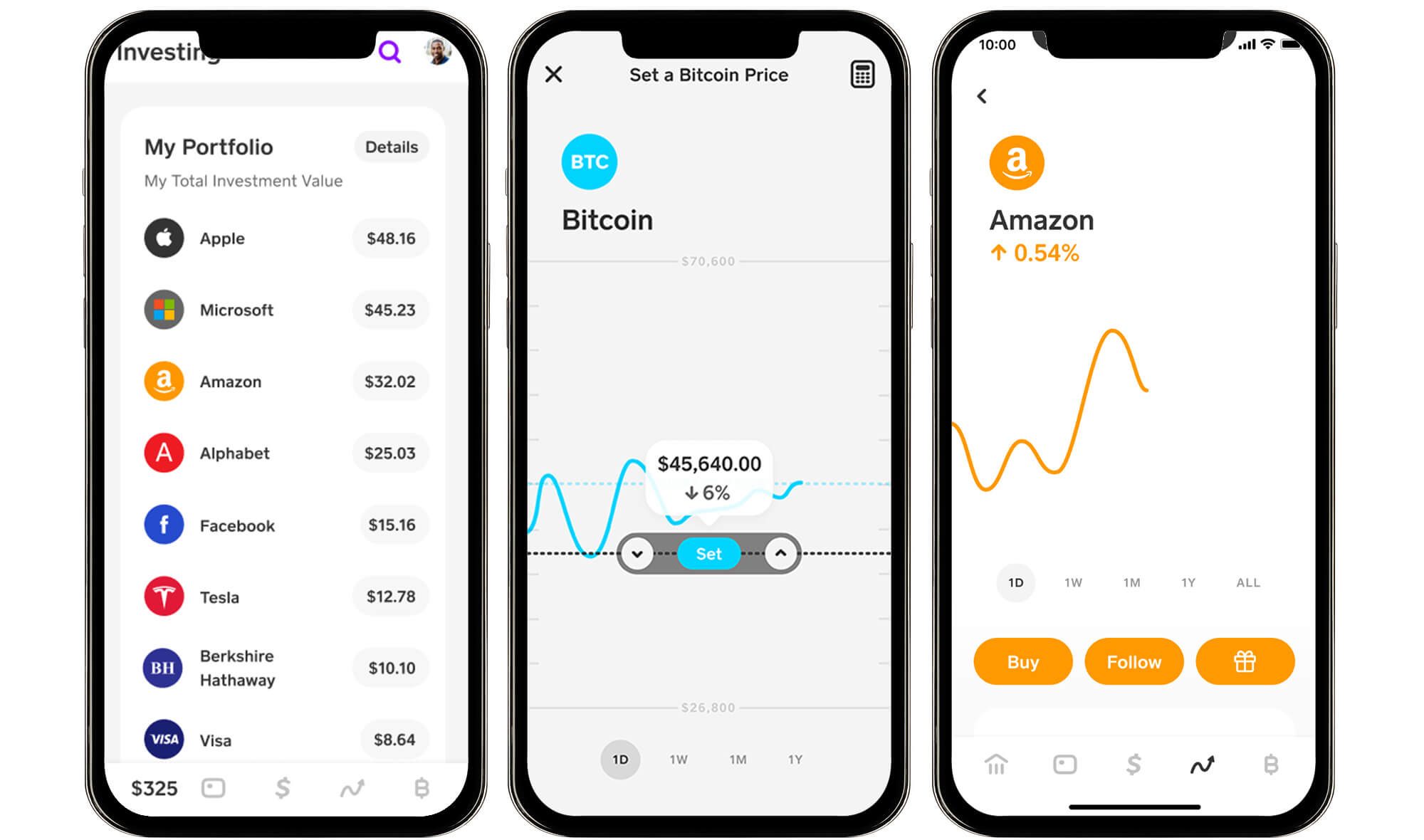

Finance
Grain Futures Act Of 1922 Definition
Published: December 2, 2023
Learn about the Grain Futures Act of 1922 in finance. Understand its definition and its role in the financial industry.
(Many of the links in this article redirect to a specific reviewed product. Your purchase of these products through affiliate links helps to generate commission for LiveWell, at no extra cost. Learn more)
The Grain Futures Act of 1922: Securing the Future of Grain Markets
Welcome to our FINANCE category, where we delve into the intricate world of financial regulations and their impact on various sectors. In this blog post, we will be focusing on the Grain Futures Act of 1922, a significant piece of legislation that revolutionized the grain industry within the United States. If you’ve ever wondered about the origins and impact of this act, you’ve come to the right place!
Key Takeaways:
- The Grain Futures Act of 1922 was enacted to regulate the trading of grain futures contracts in the United States.
- This act aimed to protect farmers and consumers from market manipulation and ensure fair trading practices within the grain industry.
A Brief Overview of the Grain Futures Act of 1922
The Grain Futures Act of 1922 was a vital step in establishing regulatory oversight for grain futures trading. It laid the foundation for the Commodity Exchange Act, which is still in effect today. The act was enacted after years of lobbying and advocacy from various stakeholders, including farmers, commodity traders, and regulatory organizations.
The act aimed to address concerns surrounding speculation and manipulation in the grain markets, which could potentially lead to price volatility and unfair trading practices. It provided the framework for legitimate futures exchanges to operate and set specific rules and regulations for trading grain futures contracts. These contracts allowed farmers to secure a price for their crops in advance, providing them with financial stability and protection against price fluctuations.
Why Was the Grain Futures Act of 1922 Necessary?
Prior to the enactment of the Grain Futures Act, the grain markets were plagued by unregulated speculation and widespread market manipulation. Farmers and consumers were often at the mercy of unscrupulous traders who could exploit information asymmetry and artificially influence prices for their own gain.
The act served as a means to instill transparency, fairness, and integrity in grain futures trading. It required traders to register with the federal government, making them more accountable for their actions. Provisions such as position limits were introduced to prevent excessive speculation that could disrupt market equilibrium.
The Impact of the Grain Futures Act of 1922
The Grain Futures Act of 1922 had a significant impact on the grain industry and paved the way for subsequent regulatory measures. Some notable effects of the act include:
- Market stability: With the act in place, the grain markets became more stable and predictable for farmers and consumers alike. The ability to enter into futures contracts allowed farmers to hedge against price fluctuations and secure a fair price for their crops.
- Consumer protection: The act’s regulations ensured that consumers were not subject to unfair pricing practices. By curbing market manipulation, it helped maintain a level playing field, promoting competition and fair pricing within the grain markets.
The Grain Futures Act of 1922 laid the groundwork for the efficient and well-regulated grain futures markets we have today. It serves as a reminder of the importance of regulatory oversight in maintaining transparency, fairness, and stability in financial markets. As we continue to navigate the complexities of the financial world, understanding the historical context and impact of such regulations remains vital.














